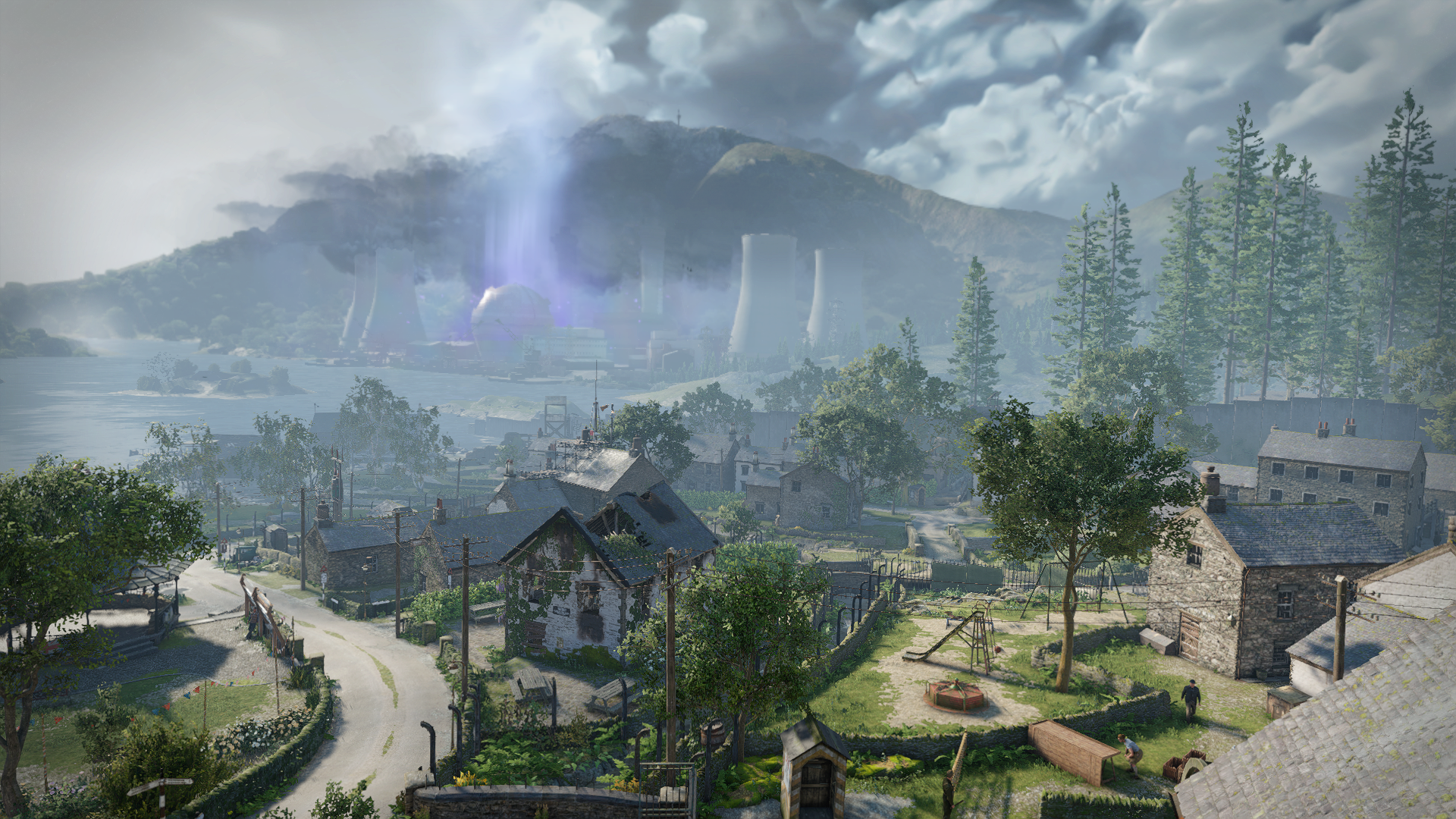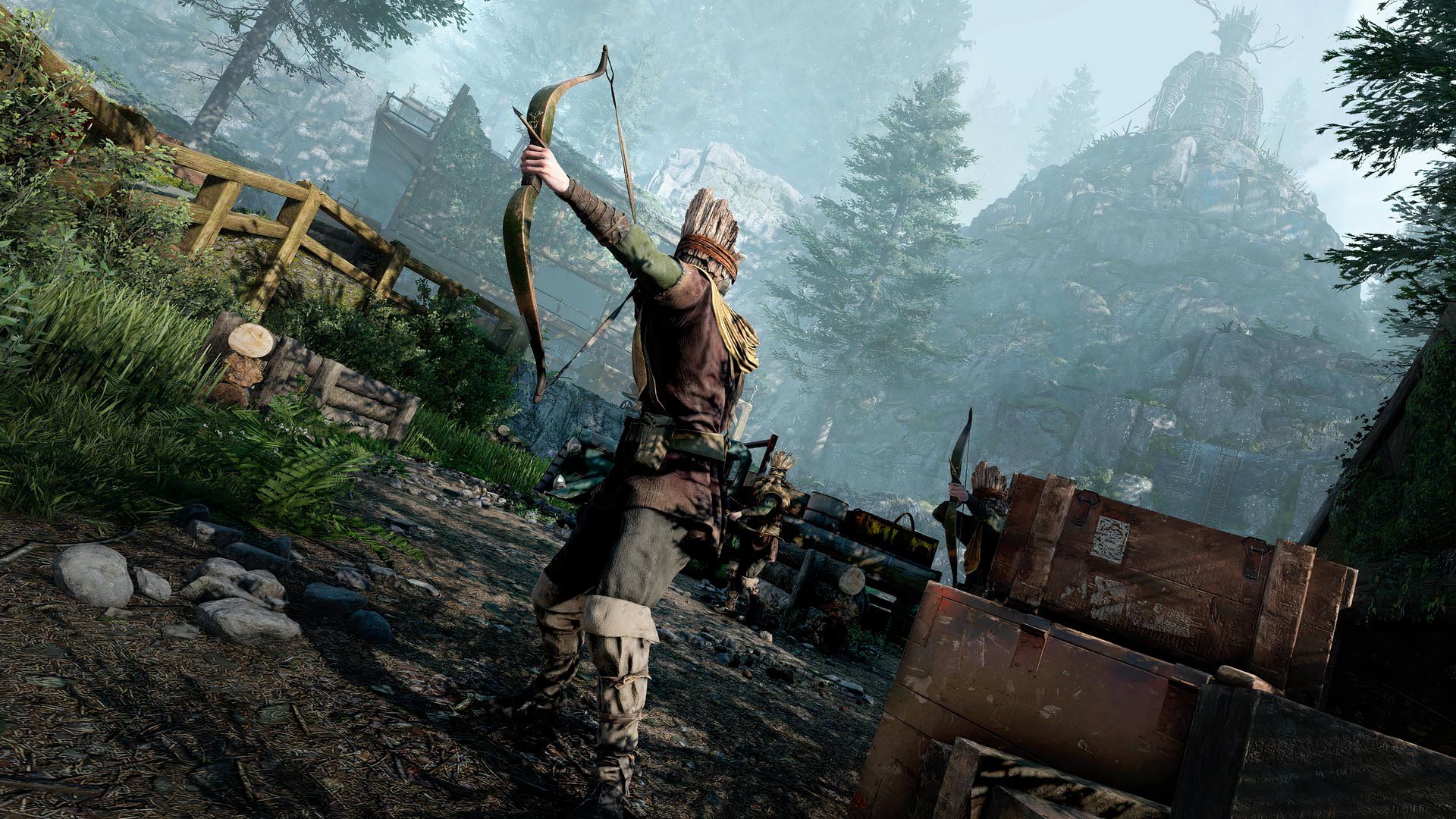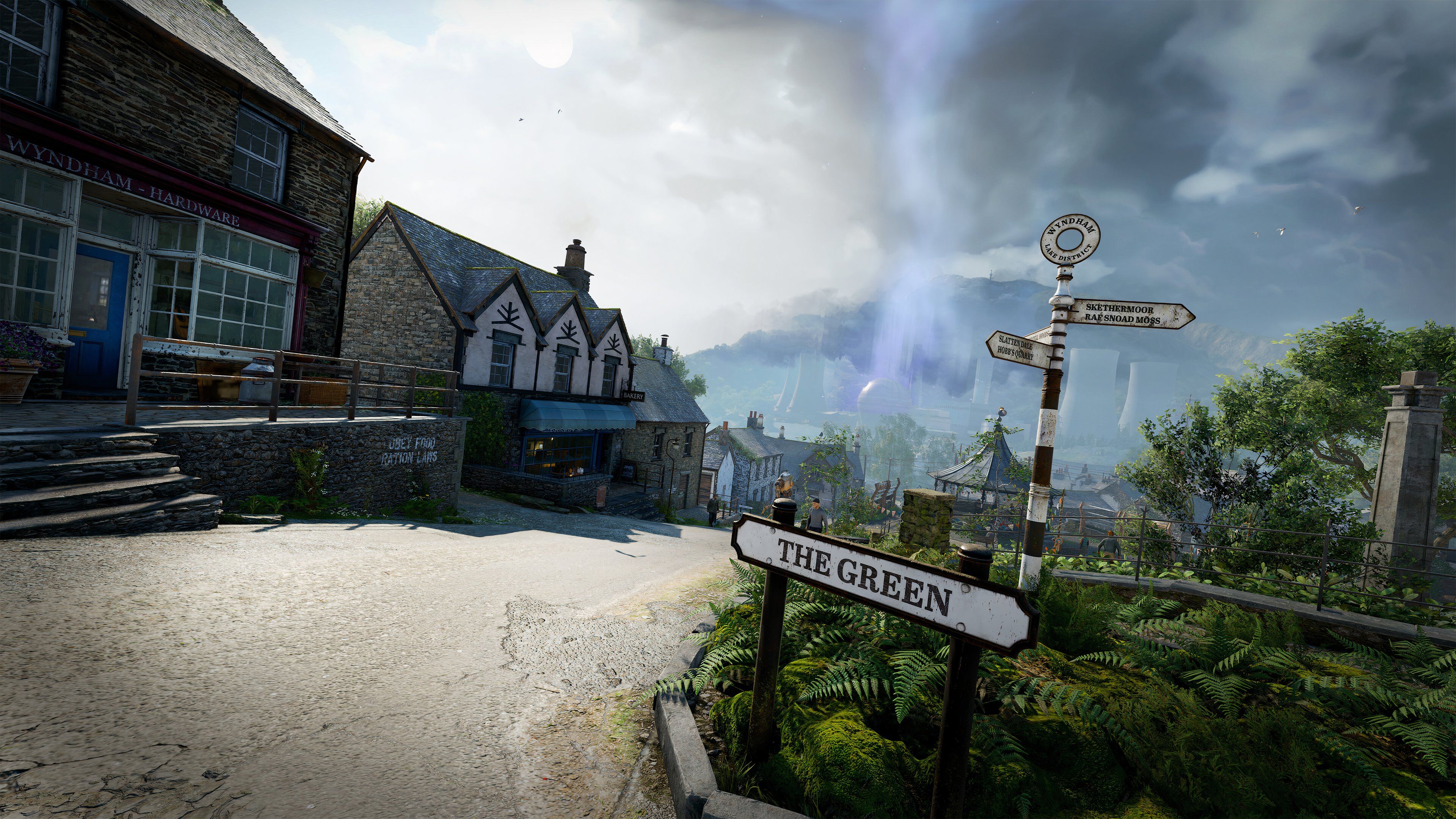Originality is hard to come by these days, especially in video games. Trends dominate the landscape; just look at how many battle royales popped up after the monumental popularity of PUBG and Fortnite. Digital storefronts like Steam are flooded with lookalikes, and even the biggest studios often choose the safety net of remakes and remasters over the uncertainty of developing a brand-new franchise.
Rebellion broke that mold with Atomfall. Despite the risks of stepping into unfamiliar territory, the studio launched a bold new project in a genre they’d never traversed before, and it paid off.
That’s not to say they did it alone. Atomfall stands on the foundation built by the studio’s earlier work, particularly the Sniper Elite series. Here, I’ll delve into how Atomfall came to be, what it borrows from Rebellion’s past, how it carves out a unique identity, and what its early success could mean for the studio’s future.
Before Atomfall: The Legacy of Rebellion
It’s impossible to talk about Rebellion Developments—the studio behind Atomfall—without mentioning Sniper Elite. Rebellion was founded in 1992, but it wasn’t until the mid-2000s that the company truly hit its stride, thanks in large part to the success of Sniper Elite and its sequels.
Rebellion has dabbled in nearly every genre you can think of, from serious military shooters like Tom Clancy’s Rainbow Six and Call of Duty to licensed titles like The Simpsons Game and Harry Potter and the Order of the Phoenix. It’s even taken on sports games, including Tiger Woods PGA Tour Golf and PDC World Championship Darts: Pro Tour. But despite that eclectic history, Sniper Elite is where it struck gold—a homegrown hit that anchored Rebellion both commercially and creatively for its future endeavors.
All of this is to say: Atomfall wouldn’t exist without the groundwork laid by those earlier titles. That goes for both the studio’s financial ability to greenlight a new project and the design philosophies it has refined over the years. While Sniper Elite is a tactical World War II shooter focused on stealth and signature X-ray kill cams, and Atomfall is a post-apocalyptic survival game that emphasizes narrative, exploration, and world-building, the lineage is clear as day.
What Atomfall Takes From Sniper Elite
You might not notice all the similarities right away, but starting with what’s under the hood, Atomfall owes a lot to Sniper Elite. Both games run on Rebellion’s in-house Asura engine; a seemingly minor detail, yet one that provides vital continuity for the development team. This familiarity allows them to work faster, adapt more easily, and fully leverage the tools and workflows refined across previous Rebellion projects. Atomfall also uses the same photogrammetry techniques for environmental assets, a deliberate decision aimed at enhancing immersion and visual fidelity.
However, the most important thing Atomfall borrows from Sniper Elite isn’t technical, it’s philosophical. The team built on the sandbox design principles established in Sniper Elite and scaled it up dramatically: vast, sprawling maps, multiple approaches to each mission (or “leads,” as they’re called in Atomfall), and freedom to tackle objectives your way. As Rebellion’s head of design, Ben Fisher, told Game Rant, “We have taken these learnings and dialed this up a notch in Atomfall by increasing the scope of the sandbox and offering the player even more agency in the way they play the game.”
That ethos translates into real player choice. Right from the start, you can go wherever you want and do whatever you want. You can complete the entire story of Atomfall without fighting a single individual or you can slay everybody. Ryan Greene, art director at Rebellion, described it to GamesRadar as “kind of like one of those ‘Choose Your Own Adventure’ books we read as kids.”
Sniper Elite offers meaningful freedom within each level; Atomfall builds an entire game around it.
How Atomfall Stands on Its Own Two Feet
As a new entry, Atomfall has naturally drawn comparisons to other games—not just Rebellion’s own Sniper Elite, but also heavyweights from across genres, including Fallout, Metro, STALKER, and even LA Noire.
And to be fair, Atomfall is a layered experience, so much so that even Rebellion struggles to categorize it. Greene admitted, “It can be difficult to wrap your head around what this game is. There are RPG-ish elements, but it’s definitely not an RPG. Atomfall is a detective game. It’s a survival game.”
While it’s easy to spot Atomfall’s influences, it doesn’t take long to realize you’re playing something distinct. First and foremost, Atomfall leans into mystery like few others. The unknown isn’t just out in the world, it begins with you.
You play as a faceless figure, with no name, age, race, or gender. It’s up to you to piece together your story, and in many ways, shape it. As you hunt for answers, you’ll come across the leads I mentioned earlier. These leads replace traditional quests and offer a level of player agency rarely seen in games, with no bias geared toward swaying your decision-making. Even Fallout, the game Atomfall gets compared to most, holds your hand more. In Atomfall, you can opt for basically zero guidance, making each solved lead feel like a genuine accomplishment.
As you’d expect with a game like this, there are a multitude of different endings too. There’s just nothing linear about Atomfall.
Why Atomfall Might Define the Studio’s Future
Regardless of where you stand on Atomfall, you have to respect what Rebellion pulled off. This is a studio best known for Sniper Elite, and to a lesser extent, Zombie Army, Strange Brigade, and Evil Genius. Atomfall, by contrast, is far removed from anything they’ve done before. Taking on a project like this was a massive leap of faith—one that Rebellion CEO Jason Kingsley summed up perfectly to GamesIndustry.biz: “Our size and stability mean that we can take risks to create something as different as Atomfall. Happily, that risk is paying off.”
The numbers back him up. Atomfall has now amassed over two million players (as per @AtomfallGame on X), making it the most successful launch in the company’s 32-year history. You also have to think that much of the “size and stability” Kingsley referenced stems from the success of the Sniper Elite series, another reminder that Atomfall is the product of everything Rebellion built before it.
Where Rebellion Goes From Here
Atomfall’s triumph is poised to ripple across all of Rebellion. Kingsley has already said he wants to continue expanding core franchises like Sniper Elite, Zombie Army, and Strange Brigade, but with the by and large positive reception to Atomfall, Rebellion also plans to reward its newfound player base with even more content for the breakout hit.
Beyond expanding its existing franchises, Atomfall’s strong showing might be just the momentum Rebellion needed to dust off other long-dormant ideas. Kingsley has expressed interest in exploring the medieval and fantasy genres next. Whether or not that comes to fruition, one thing is clear: if it happens, it will undoubtedly pull from the DNA of Atomfall—just as Atomfall drew from the games that came before it.

Related
Atomfall Didn’t Have a Radio Station So I Made My Own
If the eerie sounds of the QZ are weirding you out, turn on a radio.





:max_bytes(150000):strip_icc()/twoku-twtich-roku-app-2053432b763a40d788ef726974d9ed2a.png?w=1174&resize=1174,862&ssl=1)



Leave a Comment
Your email address will not be published. Required fields are marked *